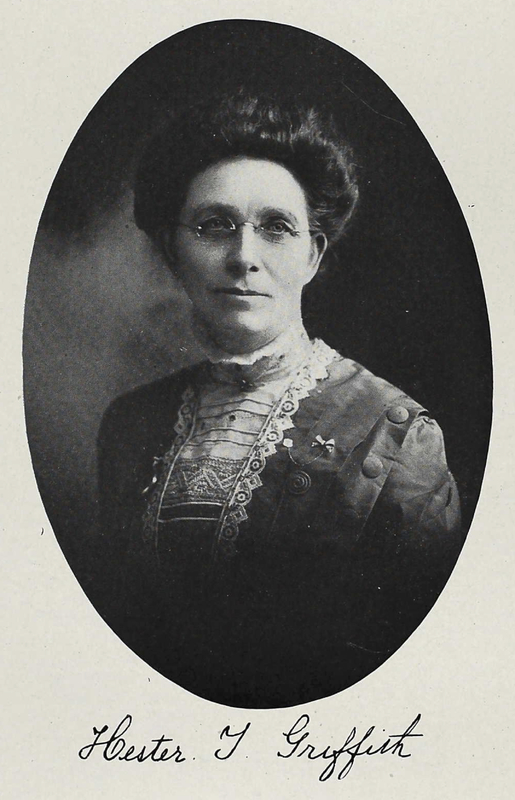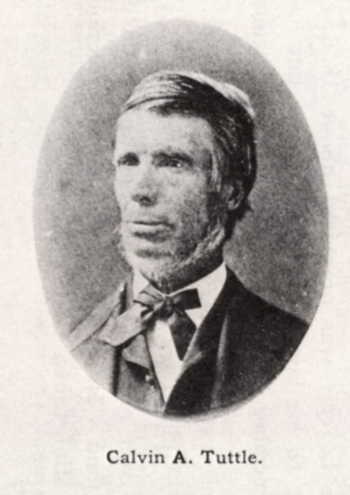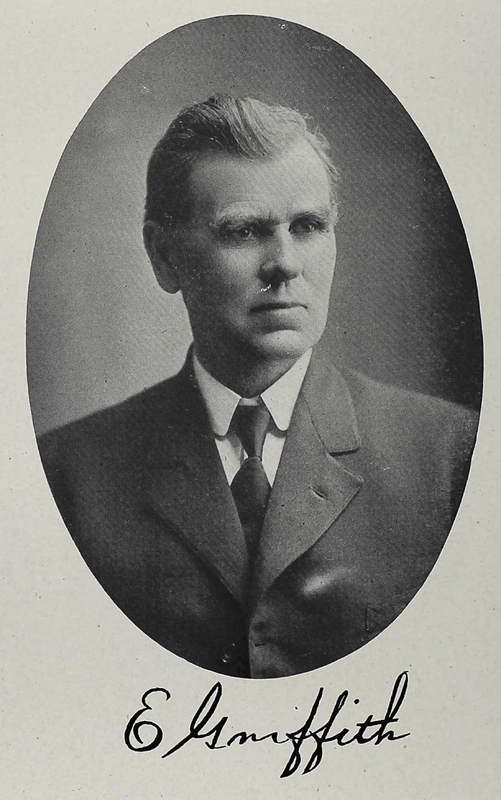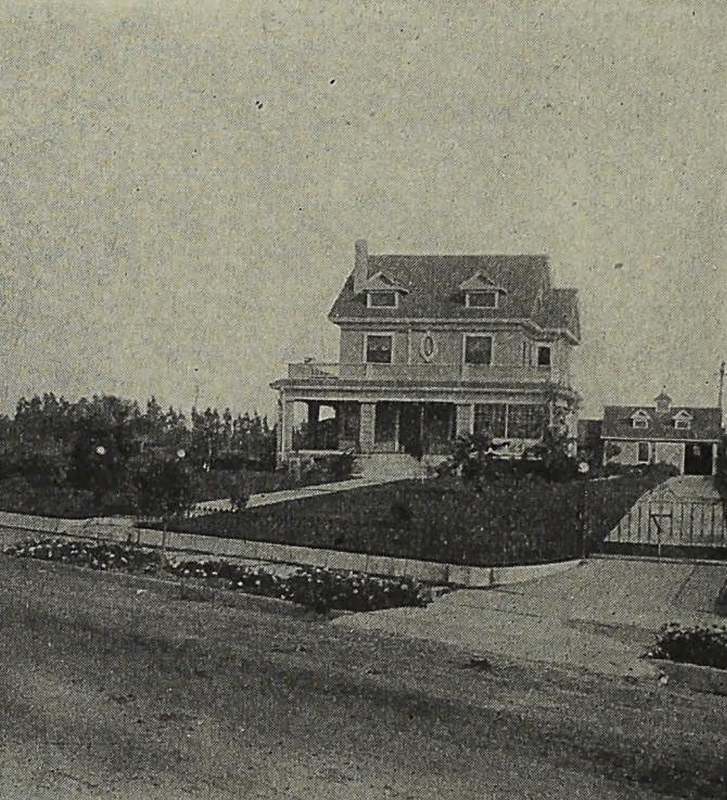Hester Tuttle
Hester A. Tuttle was born September 22, 1854 to Calvin Austin and Charlotte M. (Minkler) Tuttle in St. Anthony, Minnesota. She was the fourth of their seven children. Calvin was considered one of the principal founders of Minnesota’s milling industry. Born July 31, 1819 in Hillsdale, New York, he moved to Illinois before settling in 1837 at St. Croix Falls, Wisconsin, where he built the first sawmill on the river. He and Charlotte were wed in 1840 at Upper Alton, Illinois, and she joined him at the falls. For a time, they were the only European settlers in the immediate area. In 1847, they moved to St. Anthony Falls, which became Minneapolis. There, he acquired large tracts of land, some of which he donated for the establishment of what became the University of Minnesota.
On November 3, 1849, Calvin was appointed Minnesota’s first territorial treasurer, an office he held until July 2, 1853. His and Charlotte’s third child, Wilmot Garfield, born in 1851, was described as the first child of European descent born in Minneapolis. The family later moved to what became Minnetonka, Minnesota, where Calvin built several sawmills. He also played important roles in constructing the first bridge across the Mississippi below St. Anthony Falls and in developing the lumber town of Little Falls in Morrison County, Minnesota. As Minnesota prepared for statehood, he was elected the Third Council District’s delegate to the Democratic branch of the state constitutional convention, serving from July 13 to August 29, 1857.
Calvin lost much of his fortune in the Panic of 1857, and his business and political careers never recovered. Leaving the Twin Cities, the family moved to Two Rivers, south of Little Falls, where Calvin became a farmer and a machinist. Hester excelled in school there, entering the Third State Normal School in September 1869 at only fourteen. While there, she developed a deep interest in her Christian faith and social reform causes. Graduating with the school’s first class on June 30, 1871, she delivered an essay titled “A Definite Purpose Necessary to Success,” arguing that success is reached through hard work, the pursuit of culture, and a clear purpose.
After graduation, Hester continued to live at home while teaching in Melrose and Little Falls. In 1875, she moved to Minneapolis, where she taught at Franklin School for five years, three as primary principal. On February 4, 1877, she married Elijah T. Griffith, a prosperous and likeminded Twin Cities contractor who had immigrated from Quebec. They had no children, but devoted themselves to their careers and activism.
The couple settled briefly in Pasadena, California, and her parents followed them there in 1888. In late 1888 or early 1889, Hester and Elijah moved to Salt Lake City, Utah, where he built many of the county and city buildings. Having joined the Women’s Christian Temperance Union (WCTU), an organization dedicated to reducing alcohol consumption, Hester spent four years in Salt Lake City in “rescue” and prison work. In 1892, she served as local president, territorial president, and treasurer of the area WCTU and was territorial representative to the national convention in Denver. Returning to Pasadena, she was president of the Central Union of the WCTU for two years.
After the couple moved to Los Angeles in the late 1890s, Hester was Federation President for eight years, County Vice President for five, and became the State Superintendent of Prison Work as well as a national evangelist and lecturer for the Department of Soldiers and Sailors. In 1906, she was unanimously elected President of the Los Angeles County WCTU and was reelected the next year. In 1908, she was unanimously elected State President of the California WCTU at its convention in Santa Ana and remained in that office for several years. Elijah, who had continued his building business and held local offices near their second home in Venice, California, passed away from heart disease on December 14, 1910. Hester remained a well-known and influential figure in California for the next two decades. She died on July 7, 1930.





